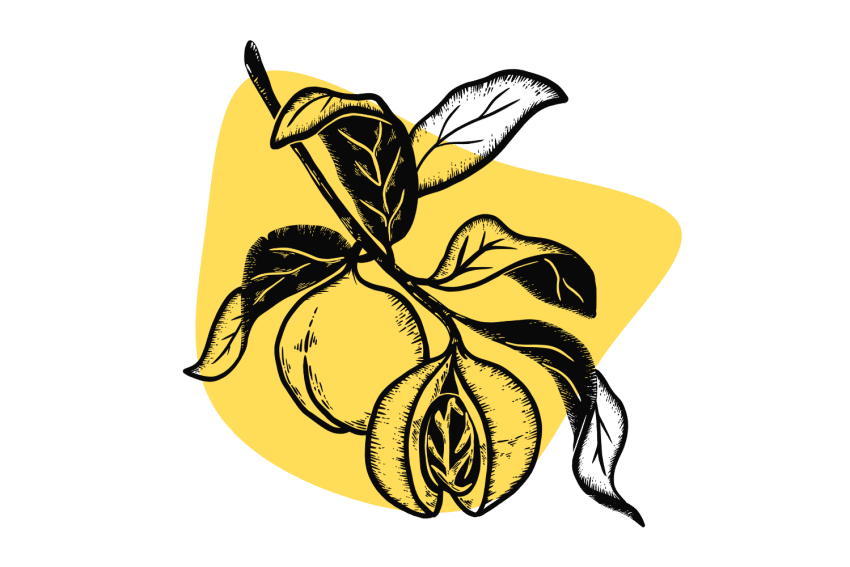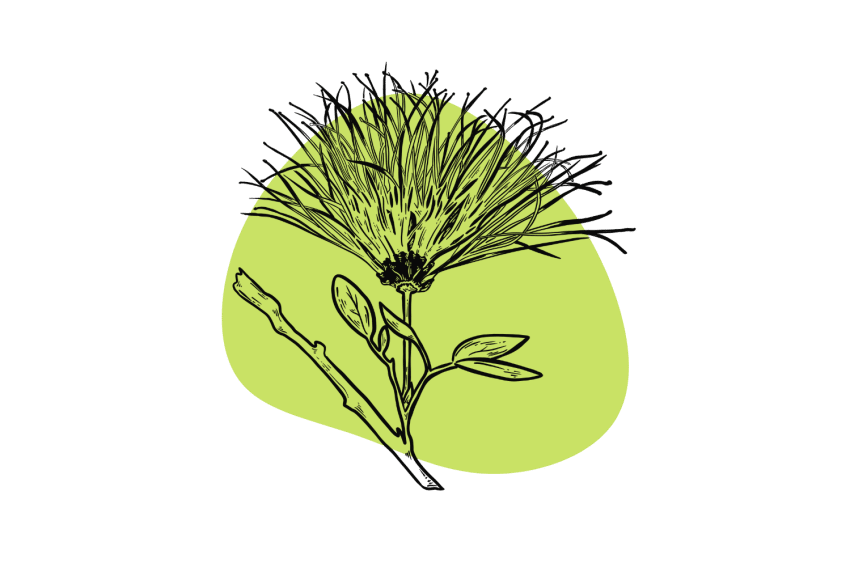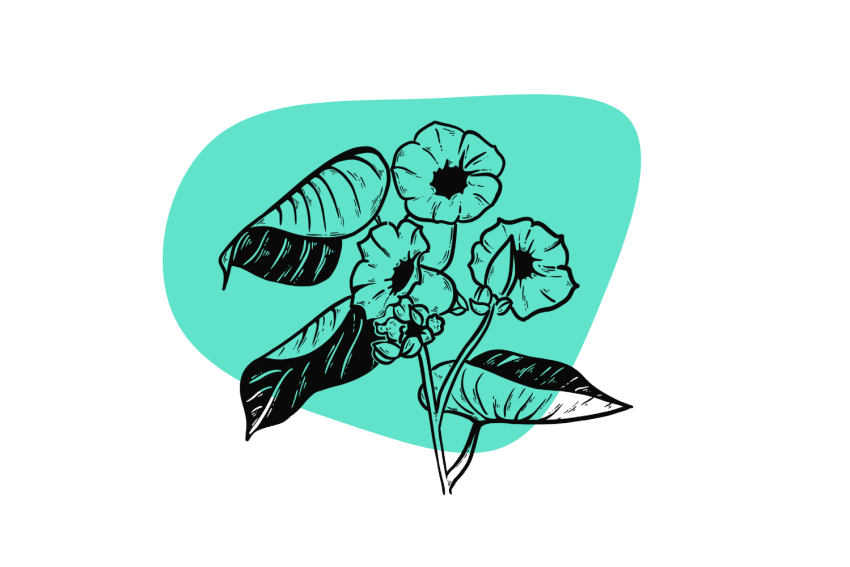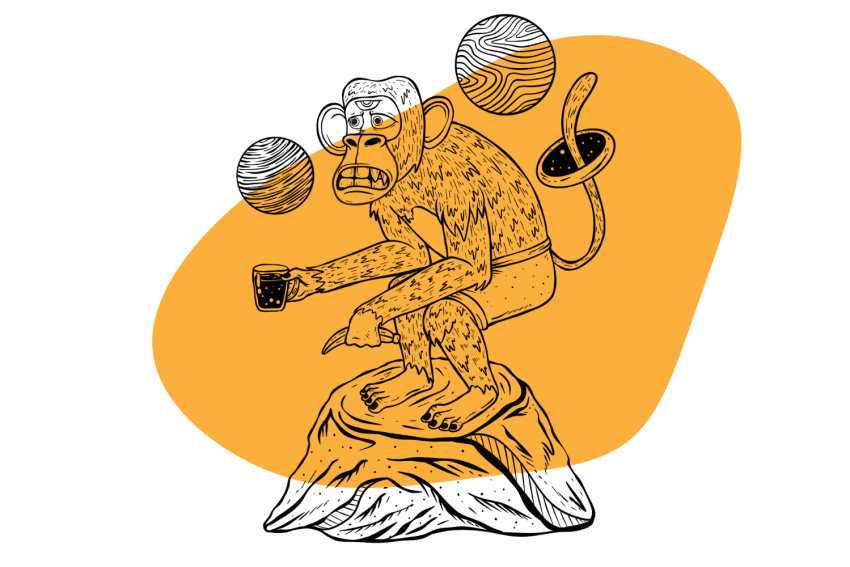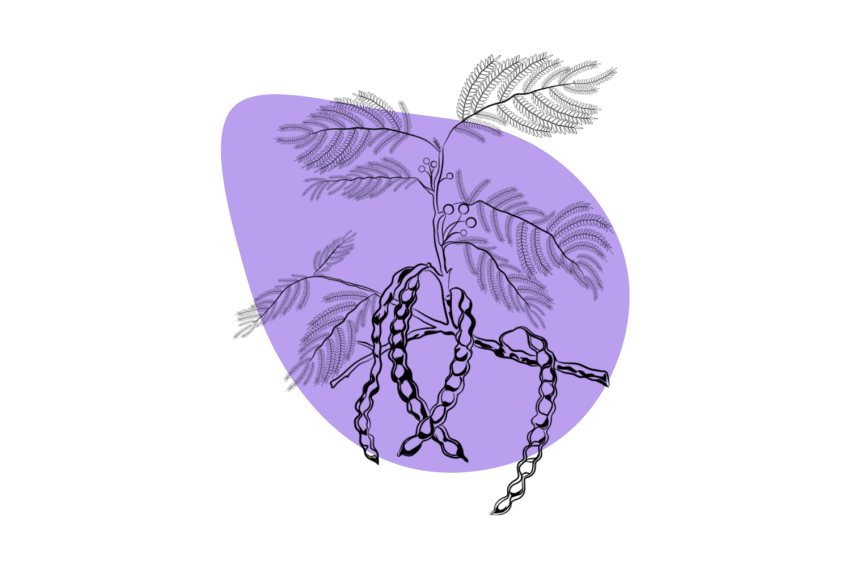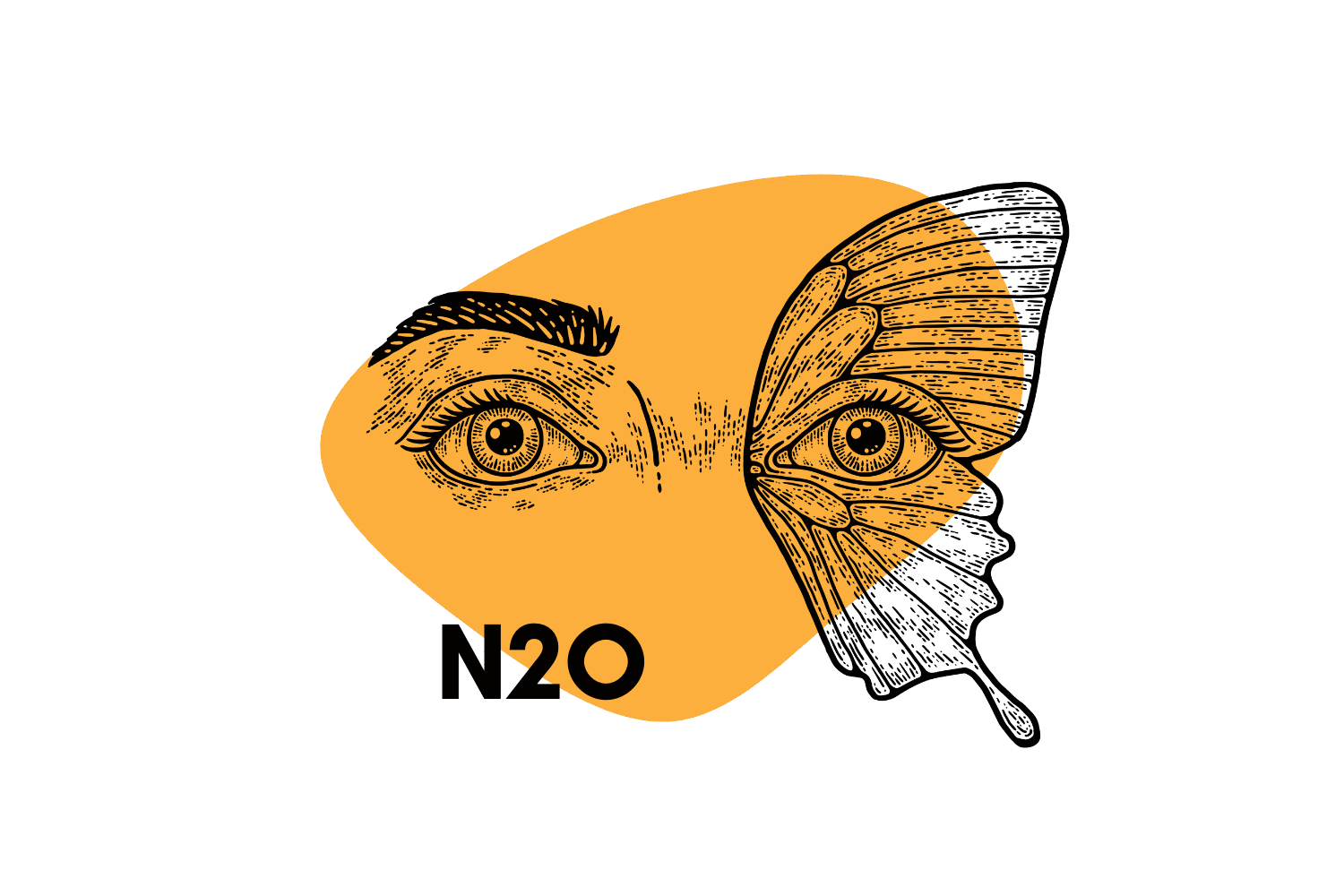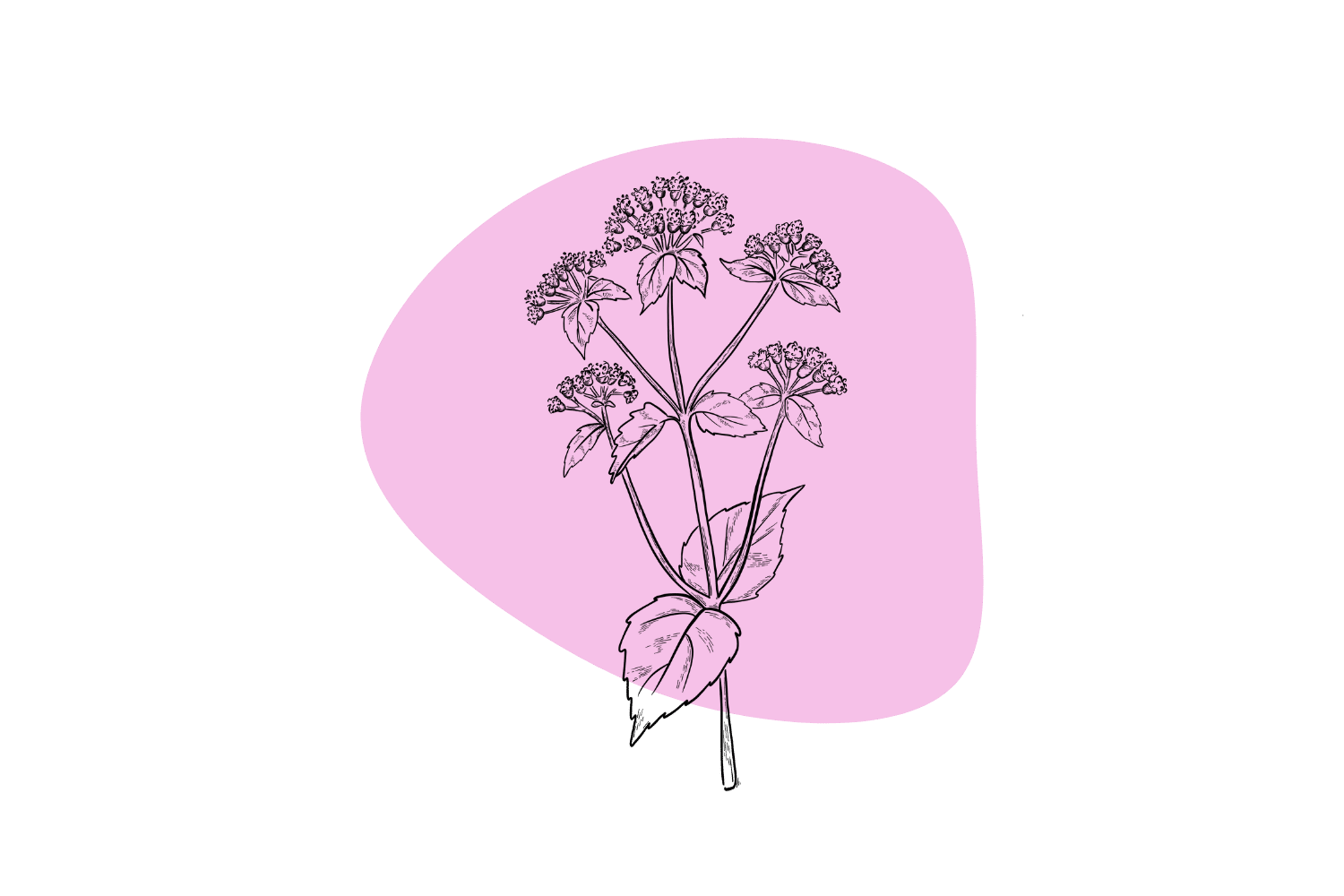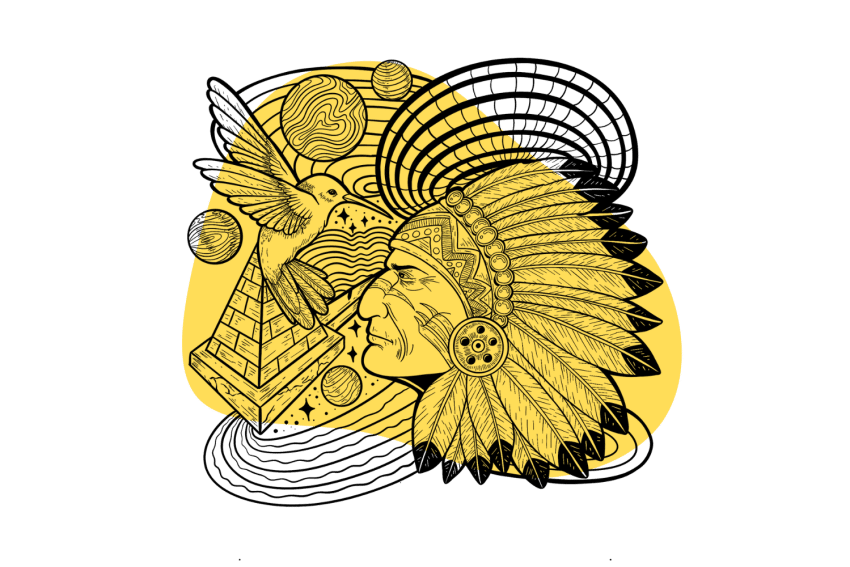Category: Natural Psychedelics
The natural world is full of psychedelic and other psychoactive substances.
In fact, most synthetic psychedelics are derived or inspired by naturally-occurring substances.
Many natural psychedelics are considered entheogens — a psychedelic used for sacrament, religion, or spiritual growth and development.
Common natural psychedelics include ayahuasca, the Colorado River toad, magic mushrooms, San Pedro or peyote (mescaline), morning glory seeds (LSA), or marijuana.
Nutmeg has a storied history of abuse despite the potential for terrible consequences. Let’s dive into its history and the risks and benefits of using it.
Bobinsana or Calliandra angustofolia is a leguminous shrub native to the Amazon Basin used by tribes as medicine and as a plant teacher in shamanic dietas.
Hawaiian baby Woodrose seeds are gaining popularity as a "legal high," but the side effects deter many. Let's go over the intricacies of this potent seed.
Preparing for ayahuasca requires some intention, but it doesn’t need to be too complicated. Here’s everything you need to know about preparing before you sit with aya.
Any veteran psychonaut should know about yopo. This article explains how yopo compares to DMT and 5-MeO-DMT and why you might prefer it over other psychedelics.
Xenon is considered by experts to be “the perfect anesthetic.” Its powerful dissociative and euphoric effects kick in within seconds & fade away just as quickly.
Nitrous oxide (N2O), AKA laughing gas, is a powerful dissociative anesthetic with euphoric and psychedelic effects. Here’s how it works.
Calea zacatechichi is a medicinal and shamanic plant from Mexico and Central America that’s long been used to induce more vivid and memorable dreams.
Shamanism involves the use of altered states of consciousness to interface with the spirit world. Shamans serve as healers & guides to the community.
